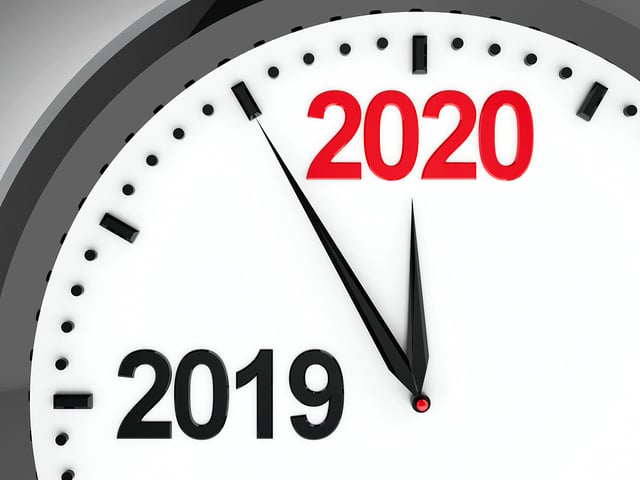
How To Do Well on the SAT Reading Section
Timed tests, especially high-stakes tests like the SAT, can be intimidating. In the Reading portion of the SAT®, you have 65 minutes to complete 52 multiple-choice questions. There are multiple passages, including paired passages, and passages may also be accompanied by informational graphics. To help you navigate through this section of the test and to help yourself avoid some of the intimidation and stress, consider employing these time-tested test-taking strategies.
Practice
The pressure of time can feel like a weight bearing down on you and can distract you from the task at hand. One of the most helpful things to do to prepare for a timed test like the SAT® is to practice. Set a kitchen timer or the timer on your phone and do some SAT® practice tests. This is especially important with the reading section if you consider yourself a “slow” reader. Your concern about not being able to finish the reading and still having time to answer all the questions can be alleviated by practicing reading under time pressure.
Be familiar with the structure of the test and plan your attack.
You will face three different types of reading material (literature, history/social studies, and science) and be asked three different types of questions (Information and Ideas, Rhetoric, and Synthesis). Some of these question types may come more easily to you and should be done first. The ones that cause you more of a struggle, or that you feel you need to spend more time on, you should come back to them. (Just make sure you accurately mark them somehow so you remember to come back to them and make sure that you are filling in the appropriate bubble on your answer sheet.) Knowing your test-taking strengths will help you plan your attack and make the most efficient use of your time.
Know where to look for the answers.
Unless you are a speed reader, you won’t have time to carefully read and consider every word in every passage. To save time, focus on the parts of the passage where you will likely find the answers. The main idea is usually repeated several times within a passage. Start with the intro paragraph, especially the end of the intro paragraph, where a thesis statement is likely to be found. Read the topic sentences of each paragraph—what do they have in common? What idea do they seem to be supporting or proving? When looking for evidence, you will need to dig in to the meat of the paragraphs, but using the topic sentences as guides will help you determine which paragraphs are likely to contain the answer you are looking for. Look for transition words because they indicate a shift of some sort. And then check out the conclusion paragraph, where the main idea is often restated for the reader.
Don’t assume you know what to do.
It can be tempting, for the sake of time, to skip over introductory material and/or instructions. Do not do this. The most important portion to read on the test are the instructions so that you know what you are being asked to do. Introductory material (often italicized or set apart from the main text) can give you insight into subject, audience, and purpose, which may be part of the test questions. It also sets the context for the passage.
Employ your best test-taking strategies.
You have taken a lot of tests in your lifetime. You know what strategies work best for you. Maybe you like to read the questions first and then dive into the passage. Maybe you like to skim the passage and then get to the questions. Regardless of your approach, consider trying to answer the questions without looking at the answers provided. Predicting the answer to the question allows you to look for something similar in the answer options provided. If you have an idea of what the answer might be, you are less likely to be derailed by the “distractor” answers test-makers include as options. If you aren’t sure of an answer and are going to make an educated guess, look for answers with “absolute” words (always, never, everyone, no one, etc.) as those are unlikely to be correct answers because they are so specific. Those types of all-inclusive words should be red lights for you when considering the answer options.
Use your reading skills.
Yes, this is a timed test. No, you don’t have all day. But that doesn’t mean you throw your careful reading skills and strategies out the window. Even if you are skimming passages, annotate them. You can mark in the testing booklet, so read the passages as you would read anything else and underline key terms or ideas, star key pieces of evidence—whatever will help you find critical information from the passage more easily. And don’t forget to use context clues to help you figure out unfamiliar vocabulary, keeping in mind that if it doesn’t seem to relate to the answer to the question, it doesn’t matter if you know a particular word.
Take things one at a time.
For dual passages (usually the science or history/social science passages), take them one at a time. Read and answer the questions for one, then move on to the second, and save the questions that ask for comparisons of both for last. Doing this will help keep you from getting confused about what information is found in each passage.
Keep Reading

SAT Exam Blog
Discontinuation of the SAT Essay and What It Means for Students
The SAT, a staple of American college admissions for decades, has seen …

SAT Exam Blog
How Many Questions Are on the SAT?
Embarking on your college journey involves several important milestones…

SAT Exam Blog
SAT Test Dates 2019–2020
For the latest COVID-19-related testing information, please see our fr…